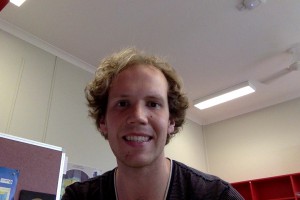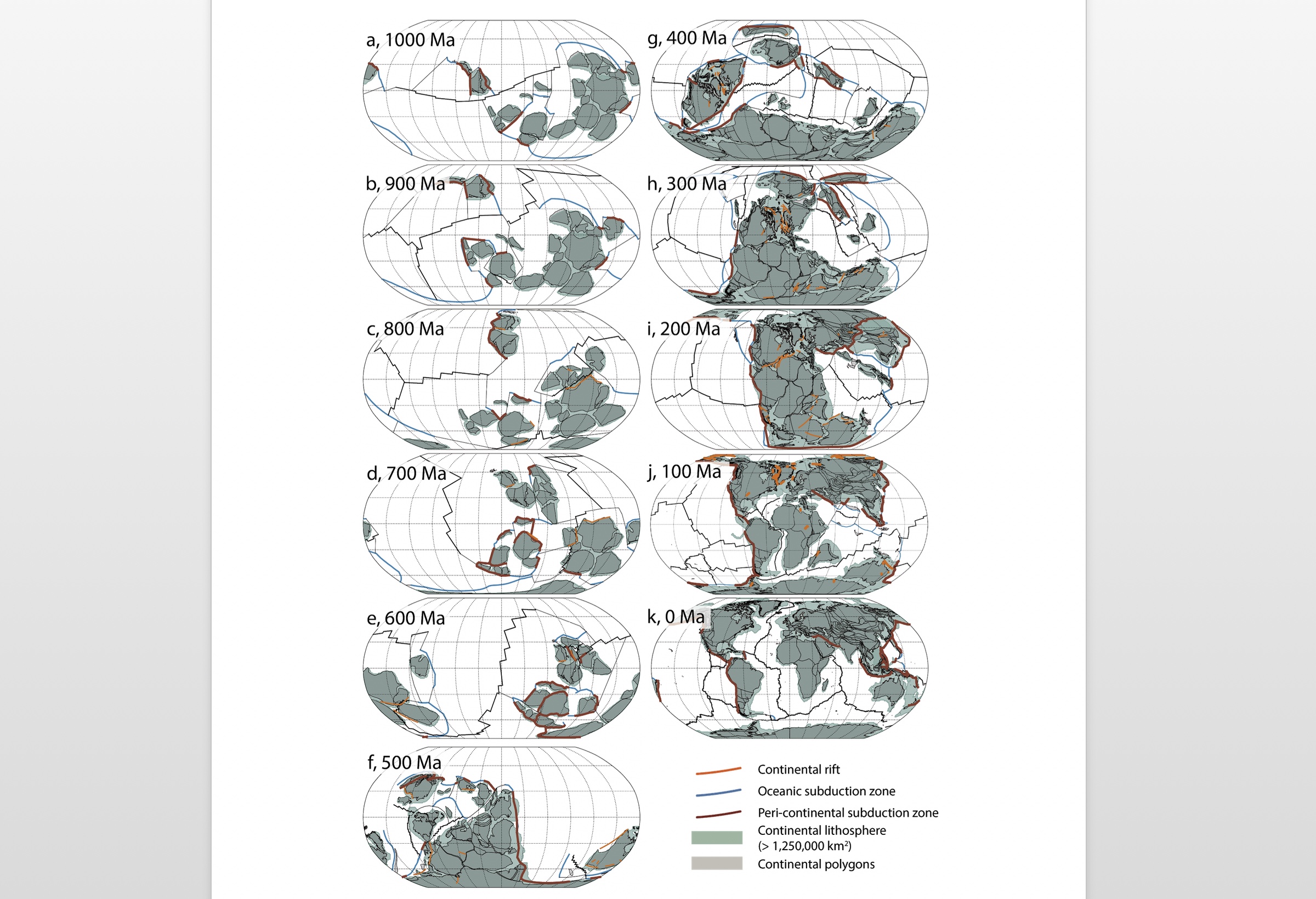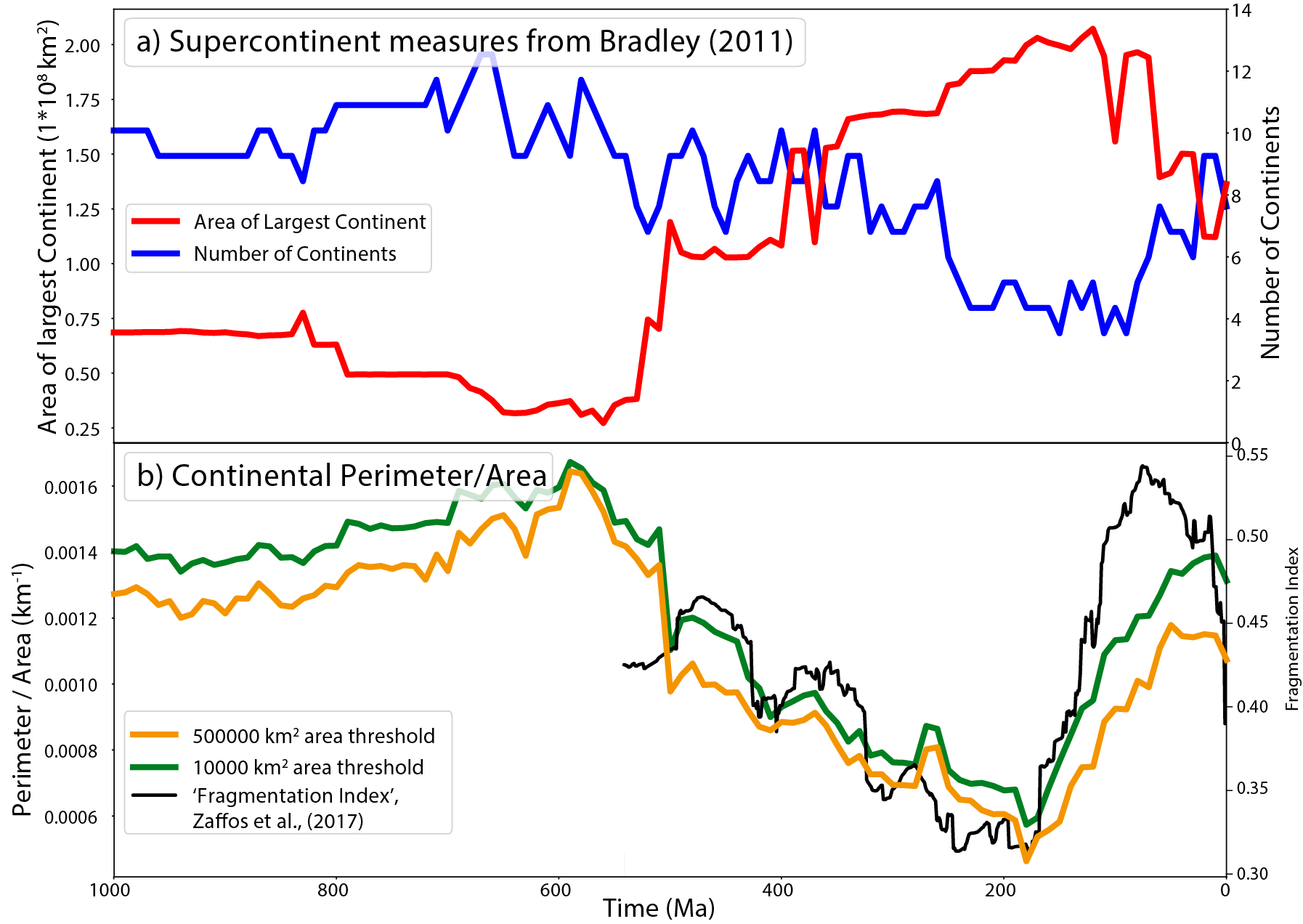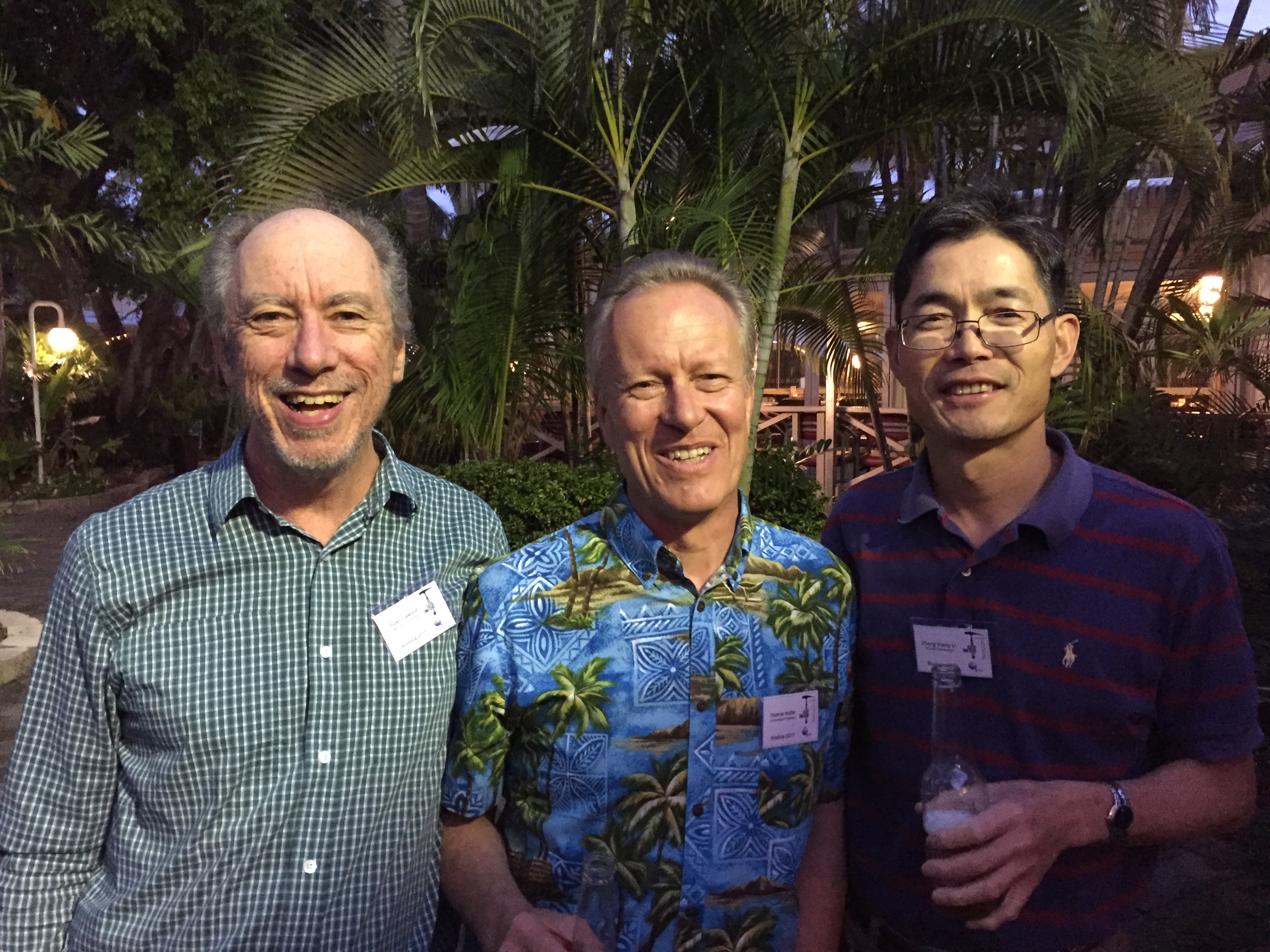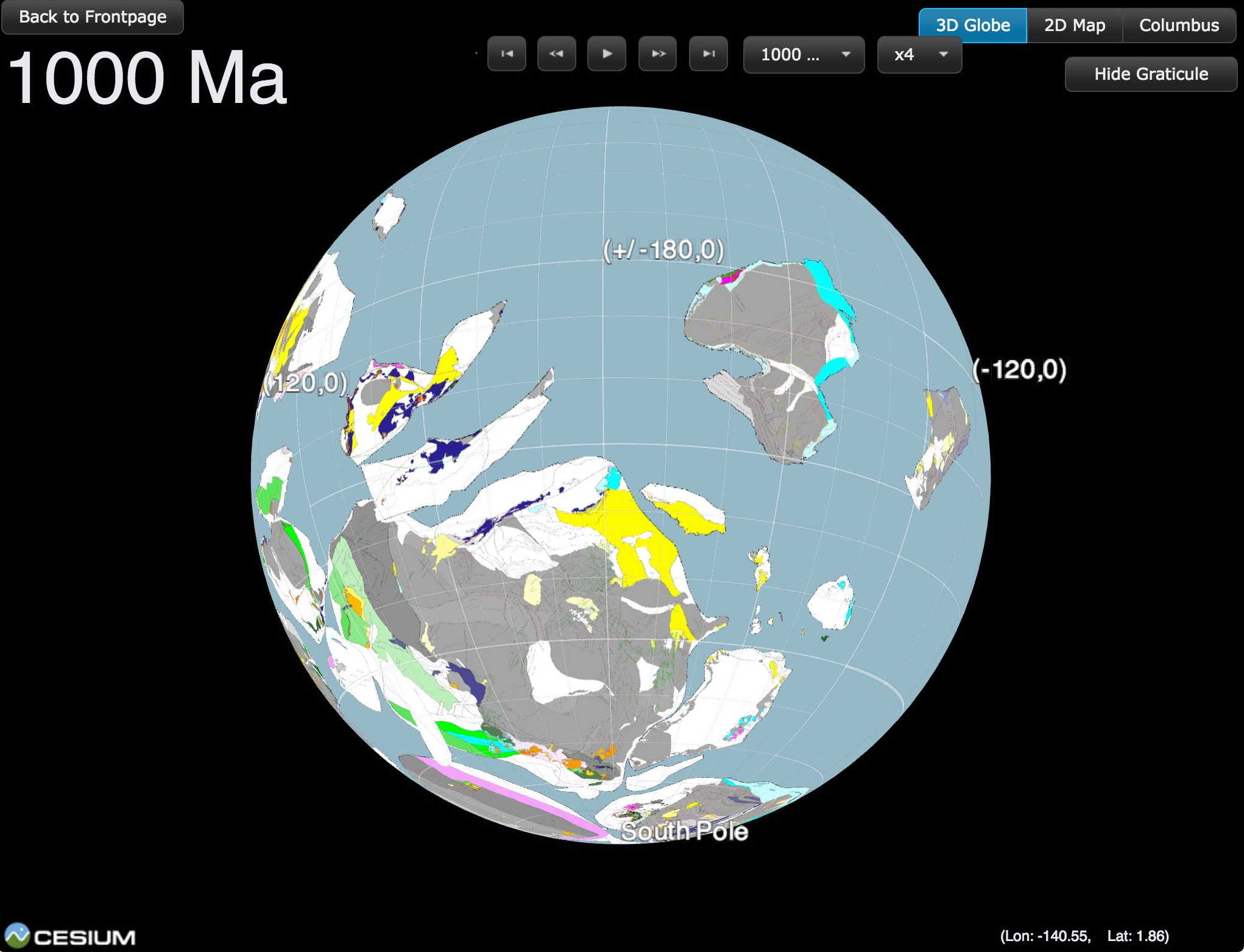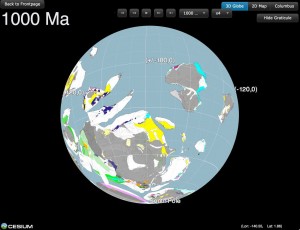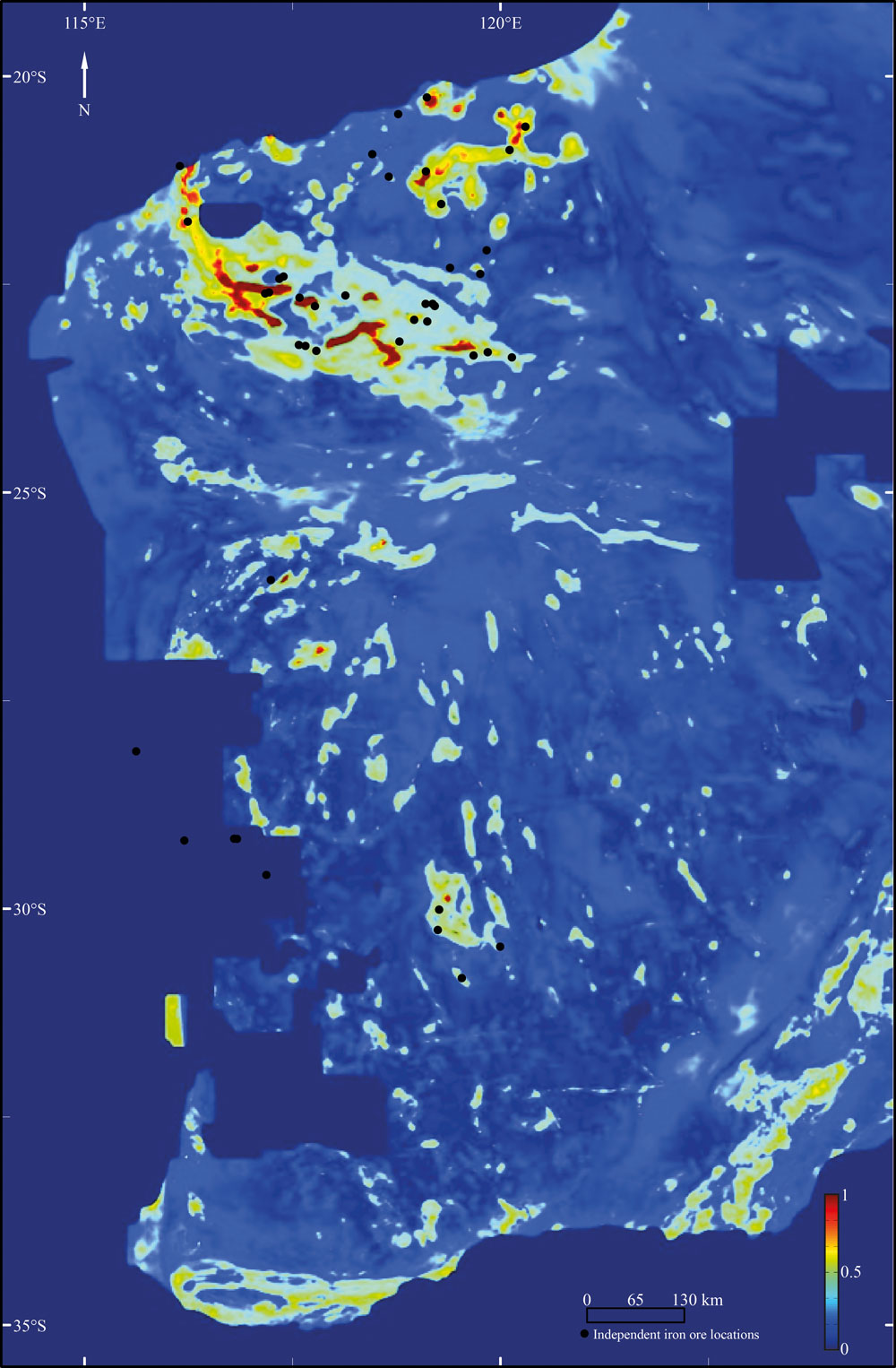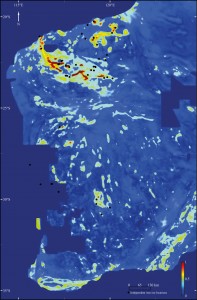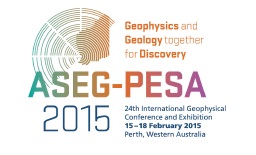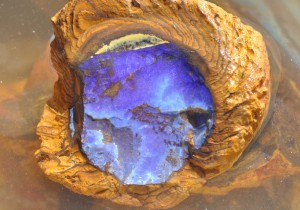In a paper just published in the journal Tectonics, EarthByter and Natural Sciences, University of Sydney alumnus Nathaniel Butterworth and colleagues from the School of Geosciences, University of Sydney and Data61/CSIRO have developed a spatio-temporal machine learning recipe to identify subduction zone tectonic environments in which porphyry copper-gold deposits tend to form. The new approach could pave the way for future mineral discoveries.
... Read more...

